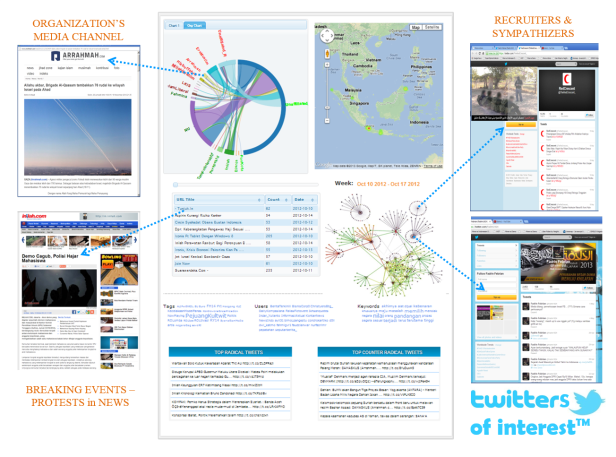Calestous Juma at Quartz: “…The first major impact of the technology on African users was to expand global connectivity by making it possible for the youth to access information that was collected using the technology via the Internet.
African engineers have been able use such information to design their own technologies suited to local condition. In 2016 Arthur Zhang, a young Cameroonian medical engineering was awarded the $37,000 Africa Prize for Engineering Innovation by the UK Royal Academy of Engineering. Zhang invented the Cardiopad, a tablet computer takes heart readings and sends them to a heart specialist using the Internet.
Zhang was trained in electronic engineering but gained much of the relevant medical knowledge by watching video online, many which had been posted using digital camera. Many more young Africans are following in Zhang footprints in using such material to acquire knowledge that is available through their regular university courses….
In agriculture, farmers can how take diseased images of the leaves of their crops and share them with scientists around the world for identification and advice. Such digital imaging research is an important addition to other agricultural used of mobile phones that constitute low-cost agricultural extension approaches.
Young African engineers are making extensive use of mobile phones for disease diagnosis. Ugandan researchers developed a jacket that diagnoses pneumonia faster than the standard methods used by doctors. Imaging technologies offer additional ways to expand the range of diagnosis for a wide range of diseases.
In low-cost eye are, for example, EyeNetra uses smartphones as a platform to capture the refractive power of the lenses in eyeglasses. EyeNetra is planning to deploy its technology in Nigeria. It has distributed units to be piloted in Gabon, Gambia, Kenya, Morocco, Rwanda, South Africa and Zimbabwe.
There have been concerns that the emerging era of personalized medicine will create a “health divide” between the industrialized and emerging worlds. This is mainly because of human genetic diversity influences the choice of treatment options. Smartphones are becoming as a low-cost way to pre-empt the emergence such a divide.
Climate change is going to force African scientists to study afresh alternations in the microscopic world. With as little as $15 Micro Phone Lens it will soon be possible to turn a regular smartphone into a microscope that capture images and videos at a magnification range of 15-60 times using the phone’s digital zoom feature. The add-on will inspire a new generation of explorers and scientists….(More)”

